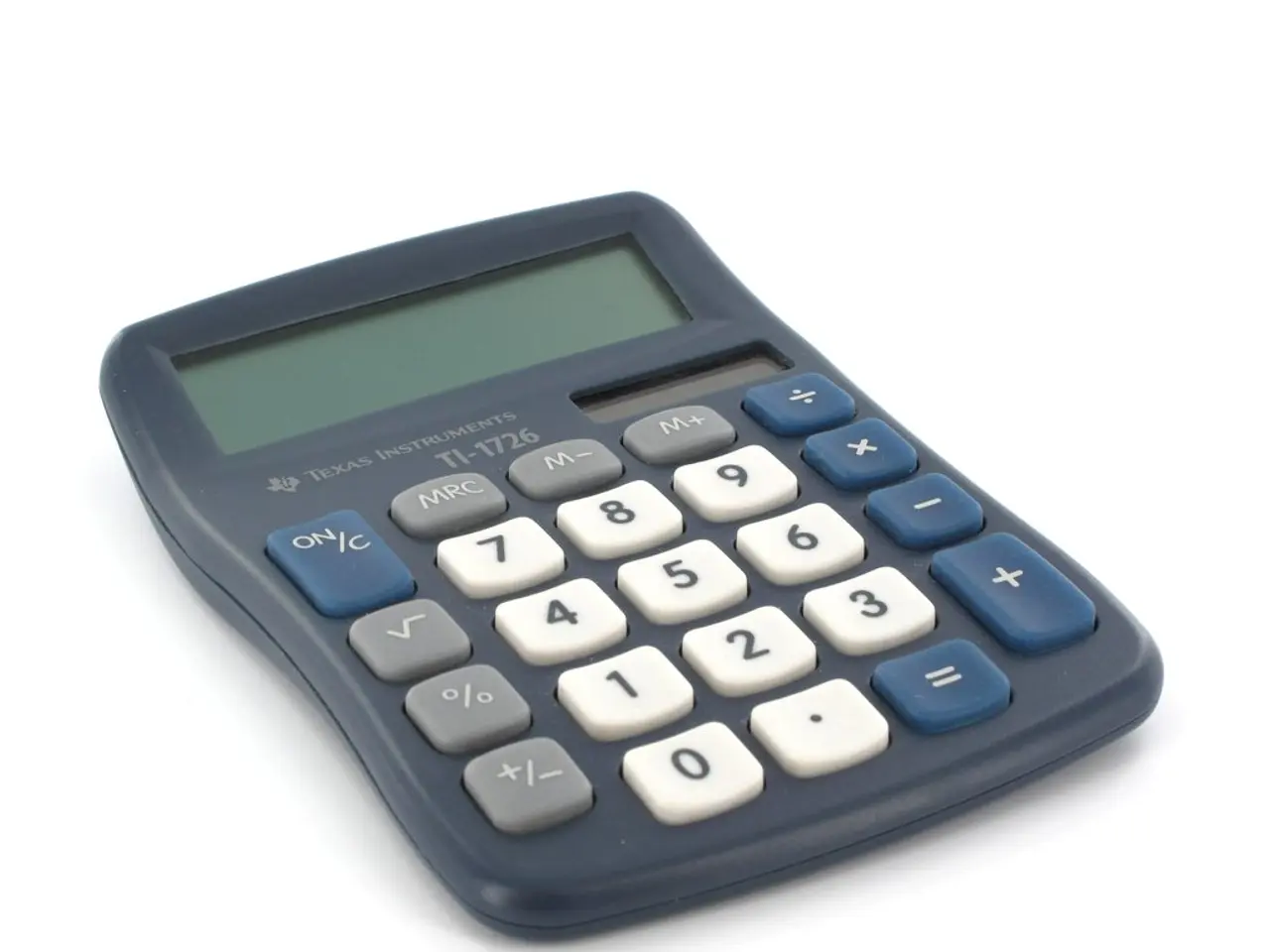Should a Drop of Half a Percentage Point Lower My Current Mortgage Rate of 6.5%, It Would Be Worth Considering Refinancing My Home Loan.
Saving Thousands with Mortgage Refinancing: What You Need to Know
Are you a homeowner looking to reduce your monthly expenses and save money in the long run? Refinancing your mortgage could be the solution you've been seeking.
Refinancing involves replacing your existing mortgage with a new one at a lower interest rate, which can significantly reduce your monthly payments. For most homeowners, refinancing becomes financially viable when mortgage rates drop at least 0.75 percentage points.
However, it's important to note that the savings from refinancing don't always come immediately. The mortgage refinance break-even point is the point in time when the money you save on lower monthly payments finally offsets what you paid in closing costs. These costs, often thousands of dollars upfront, are associated with refinancing and include lender fees, appraisal costs, title insurance, and more.
A recent bank study found that most borrowers with a 30-year mortgage would need about a 0.75% rate drop to see meaningful savings and break even in under three years. A half-point dip (from 6.5% to 6.0%) doesn't always provide the quick savings many expect.
In states with higher home prices, such as California, New Jersey, or Washington D.C., smaller drops in interest rates can lead to significant monthly savings and a shorter break-even timeline due to larger loan amounts. On the other hand, in states with lower average home values, like Michigan, Indiana, or Ohio, the savings from a drop in interest rates are smaller because loan balances are smaller, making the break-even point stretch out longer.
If you're considering refinancing, it's crucial to use a refinance calculator and compare offers from multiple lenders to determine if refinancing makes financial sense. Some homeowners choose a cash-out refinance to pay off high-interest debt, such as credit cards or personal loans, which can lower overall monthly payments and interest costs but resets the mortgage clock.
It's also essential to review your credit score before applying to refinance. Ignoring credit score can result in not qualifying for the best rates.
If the math shows you'll break even in three years or less, refinancing could be a smart way to save thousands over the long run. If not, it may be better to wait for a larger rate drop or focus on paying down the current loan faster.
Remember, refinancing into a new 30-year term could lower the monthly payment but also extends the loan and increases the lifetime interest cost. Ask lenders about refinancing into a custom term that matches the remaining years on the original loan.
Lastly, if you sell your home or move before you hit the break-even point, you may end up losing money even with a lower interest rate.
In a study by Deutsche Bank, they investigated how low mortgage rates must fall for refinancing to provide real benefits to homebuyers and achieve breakeven within three years. The findings underscore the importance of careful consideration and strategic planning when deciding to refinance your mortgage.
In conclusion, refinancing can be a powerful tool for homeowners looking to save money and reduce their monthly expenses. However, it's crucial to understand the break-even point, compare offers from multiple lenders, and carefully consider your financial situation before making a decision.







